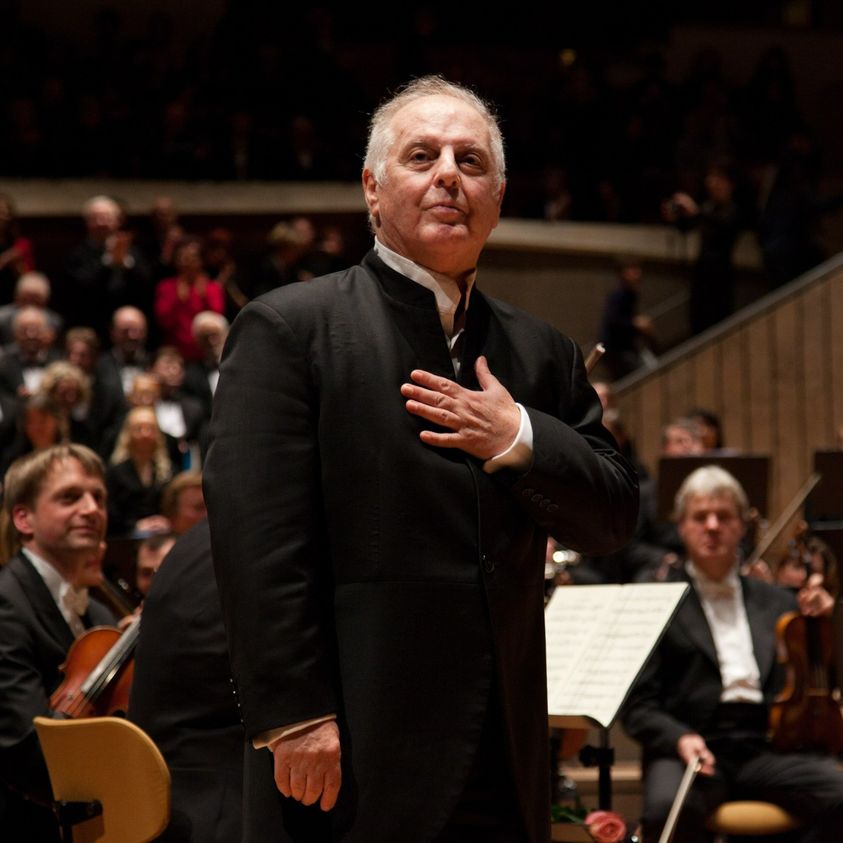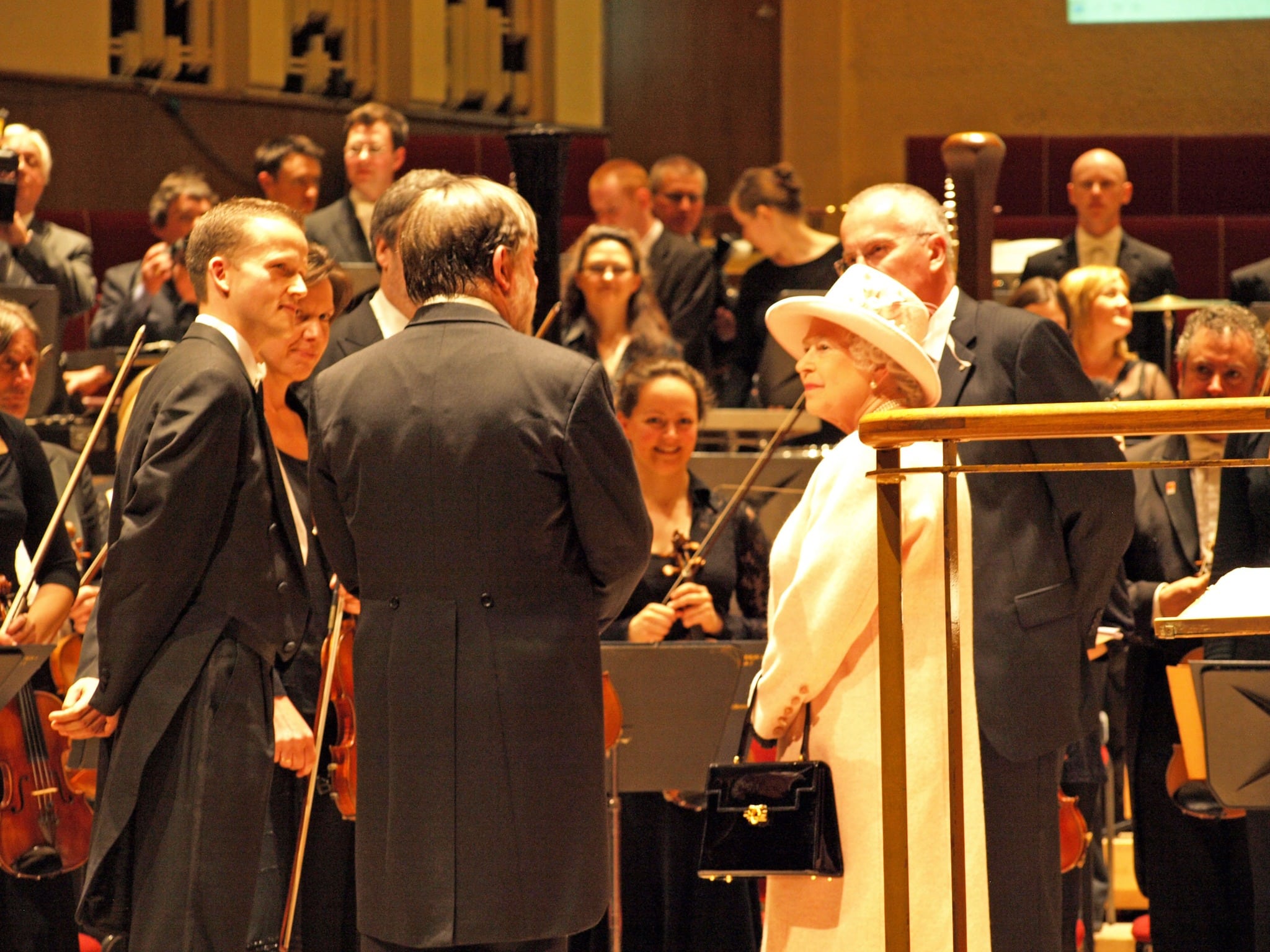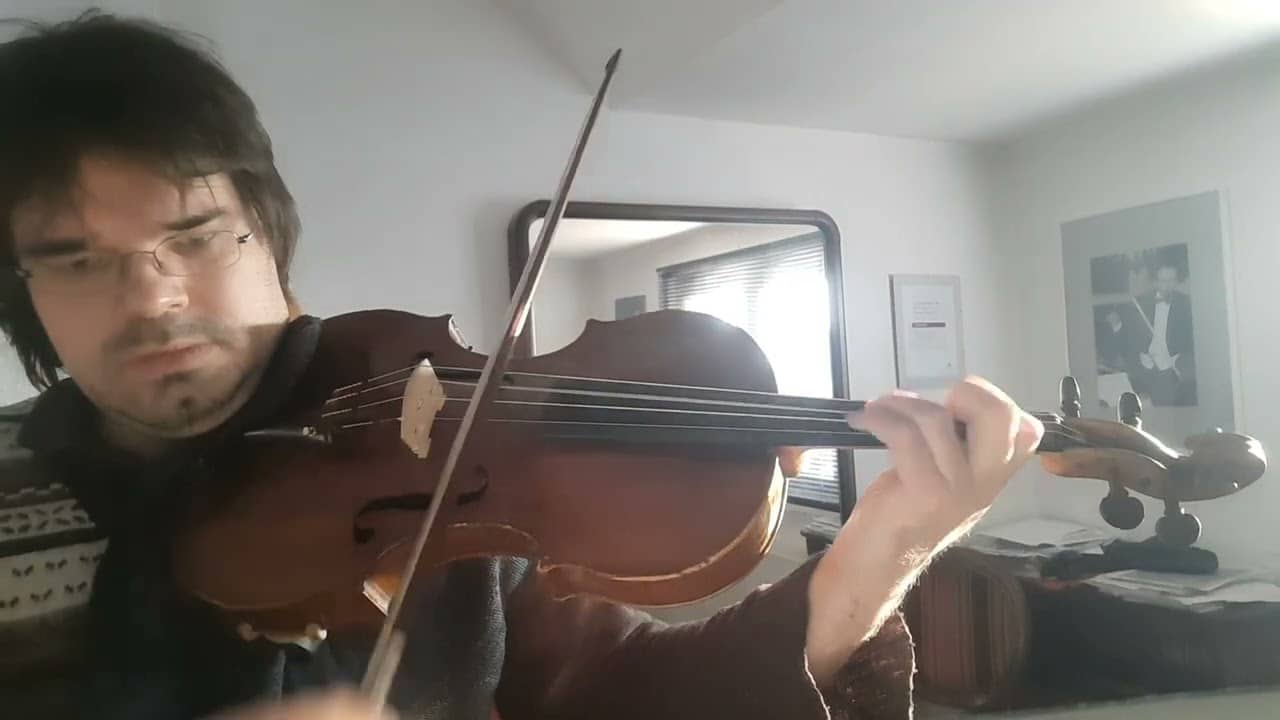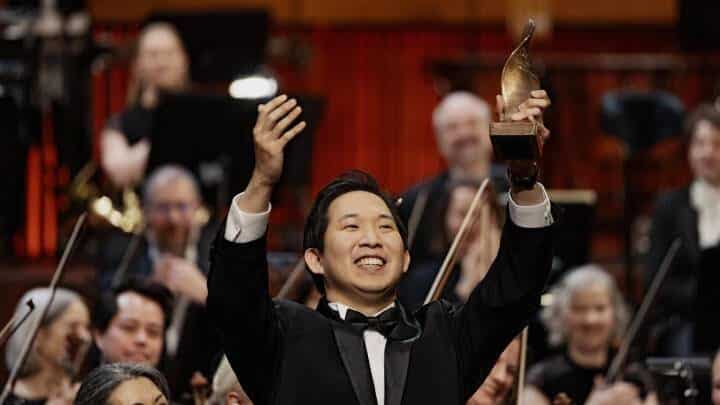Why are Covent Garden first nights often so glacial?
balletOur reviewer Alastair Macaulay went along for the keenly awaited springcleaning of Frederick Ashton’s Cinderella ballet. All well and not very good, but it was the ROH atmosphere that froze him off. Here’s Alastair’s review for slippedisc.com:
Cinderella 2023.iii.28
by Alastair Macaulay
Frederick Ashton’s ballet “Cinderella”, made in 1948 to the still young score by Serge Prokofiev (1944), is a classic that has been danced by companies over the world. On Monday, it returned to the Covent Garden opera house, where it had had its premiere, in a new production by the Royal Ballet. It marries two genres of dance: the broad and partly grotesque comedy of Cinderella’s
two Stepsisters, who are centre-stage when the curtain rises, and the largely exalted classicism of Cinderella, who is joined in due course by other classicists (the transcendent Fairy Godmother, the four Seasons, and the corps de ballet of Stars). When the Stepsisters go to the ball, they quote (awkwardly, affectedly) steps from the ballet classics; while Cinderella is in the kitchen, she sometimes chats away in steps that have a throughly characterful and comic emphasis, while always remaining a good-natured sweetheart.
When she goes to the ball, her Prince is another classical stylist, but his courtiers dance in another range of styles that lie between pure classicism and characterful comedy. The ballroom, even though it’s laden with entrances and exits, is one of the great masterpieces of choreography: it’s a multidirectional forcefield of steps, in which characters sometimes dance with their backs or sides to the audience. And Cinderella has her back to the audience at midnight, when she sees the fatal hour that will return her to the kitchen. In a dazzling masterstroke, the Stars and Seasons turn claustrophobically and mechanically against her, dancing classical steps like the workings of a vast clock while blocking her path.
In December 1987, eight months before his death, Ashton supervised the Royal Ballet in a new production of this ballet. He had made a number of changes to its choreography in the 1950s and 1960s; both his previous productions had been warmly admired and internationally acclaimed. Why did he replace it now, at a time of his life when he was obsessed with his approaching death?
The answer probably lay with the final scene, when the plot has run its course but in which the heroine and hero become central figures in a world out of time. For this 1987 production, Ashton and his designer David Walker wrought new magic by placing that scene in a transcendent version of the Act Two ballroom where Cinderella and her prince had first met. Same pillars, same staircase – but now no walls, no ceiling, everything open to the stars: movingly magical, and deeply in touch with the whole “Cinderella” idea.
Before the end of the century, the Royal Ballet sold that production to companies in the United States, where it was danced very successfully at the Metropolitan Opera House, New York, and elsewhere until not long before the pandemic – and should continue there. At Covent Garden, it was replaced in 2003 by a visually blander production, which tried no such setting for the final scene and which lasted a shorter time than any of its three predecessors. On Monday, a fifth Covent Garden production, which Tom Pye has designed designed so that there isn’t even a ballroom.
Yes, Cinderella, you shall go to the palace garden party! No claustrophobia here at midnight. And what a vile garden, with artificial golden trees. Pye puts the clock at the centre of the palace façade, but David Finn’s lighting goes increasingly bonkers in trying to suggest a garden party that continues to midnight. Won’t they – especially Cinderella , with bare arms and neck – catch cold? The final scene is more never-never-land than ever, with a curving staircase leading up into the sky that’s without connection to the rest of the story.
Alexandra Byrne has costumed the characters in a peculiar spectrum of colours and textures. You can just tell difference between the four Seasons and the two Stepsisters, but it’s a close thing: they all wear odd two-tone combinations, with Day-Glo and pastel effects mixed. Still, they all look demure beside the Palace Jester, hideously dressed in a vertically split contrasts of shocking pink and gold. The Prince and his four boyfriends are formally teamed in white, in ways that suggest they’ve put jackets and ties on top of their underwear.
The ballet has been staged by Wendy Ellis Somes, who danced Cinderella and other roles in Ashton’s lifetime and whose husband, Michael Somes, was the original prince and the main custodian of the Ashton repertory. Still, Somes was not known for his sense of humour; Ellis is less known for hers. She has now supervised a second “Cinderella” with poor visual taste. (Ashton was famous for his good taste.) The good news is that the ballet’s steps are all in perfect condition – Ellis is admirably fastidious – though the lighting and costumes often make them hard to see. The dancers execute them with real skill and polish.
On Monday, however, the ballet was neither funny nor touching. Some of this was the glacial quality that often affects Covent Garden first nights, but much must be attributed to Ellis and the Royal Ballet management, who together have turned “Cinderella” into a routine rather than a world. This is a ballet I have revisited many dozens of time just to become better acquainted with its phenomenal high-concentrate dance poetry; at present that poetry is being shouted in capital letters.
Gary Avis (especially) and Luca Acri overplay the two Stepsisters with horrid broadness. Curiously, these are roles much better played away from Covent Garden: American dancers make them coherently comic characters, whereas the Royal passes them on as collages of old gags. Taisuke Nagawo’s Jester, despite virtuoso rendition of jumps and turns, is a nightmare of androgynous camp.
As Cinderella, Marianela Nuñez was perfect, but often perfectly bland. The ballroom pas de deux is a poignant moment in which we see two isolated souls meeting with frissons and rapture; Nuñez and Vadim Muntagirov delivered much of it with bright smiles, as if nothing about their union was the least surprising. Later performances are bound to improve on this – but Ashton’s masterpiece has been honoured in the letter rather than the spirit.






Pretty funny that this person has nightmares of “androgynous camp”.
Well everyone else seemed to enjoy it!
Another ballet review that doesn’t mention the music, the orchestra, the conductor. Most ballet reviews leave the impression ballet is danced to silence.
You can perform the music without dancing but you can’t perform the dancing without the music. So please, ballet reviewers, give the music the attention it deserves.
Most ballet reviewers are not music critics and would prefer not to put into print assessments of an endeavor they don’t know that much about.
That said, Alastair Macaulay does know a fair bit about music …
Although things are much better now, there was a time when the playing of the Covent Garden orchestra for the Royal Ballet left a lot to be desired (I’m being polite!) during a time when they would play gloriously for operas. I recall the first night of a Romeo and Juliet in a Battersea Park summer season in the 70s/80s where it sounded as if they were playing parody Stravinsky!
Having never attended a first night at Covent Garden, I cannot comment on that aspect of the article.
I have, however, watched the Royal Ballet dance Ashton at Covent Garden, and seen his work performed by American Ballet Theatre, Den Kongelige Ballet, Wiener Staatsballett, National Ballet of Canada, Stuttgarter Ballett, and Het Nationale Ballet (as well as his contributions to the operas “Death in Venice” and “Le rossignol”).
As in all the performing arts, there are works which simply don’t age well. I felt this when I was first exposed to the plot-heavy ballets of Antony Tudor in the early 1970s, while Balanchine was still creating dances which will forever feel new (every time I see “The Four Temperaments” it’s like I am attending a world premiere).
Another example: the old Metropolitan Opera House (1883-1966) was once nicknamed the “Faustspielhaus” due to the frequency of performances of Gounod’s opera which served as its very first night. It achieved its 500th Met performance in 1953; in the subsequent 70 years it’s been given 252 times, most recently a decade ago.
Two weeks ago I went to a revival of Ashton’s “La fille mal gardée” by Wiener Staatsballett. Most of it was so corny I felt embarrassed for the people onstage.
When given to pure dance episodes – the incredible pas de deux danced with a long ribbon used to connect the partners – it is magnificent and ageless. Unfortunately, the work is, in and of itself, comprised largely of pantomime and folk dances.
Ashton’s humour – from the school of comedy which searches for laughs by emphasising, distorting, and abusing the human posterior – is simply cringeworthy. Drag, as in “Cinderella”, is used for comedic purposes by casting a male in the third lead role of the Widow Simone. It may still play to tots, but in 2023 even they are likely more entertained by TokTok.
So maybe another story ballet like “Cinderella” simply doesn’t hold up as well as, say, his 1946 “Symphonic Variations”.
Comparatively, Balanchine almost never ventured into the territory of the full-length story ballet (his “Swan Lake” is 40 minutes of highlights from the second act). His “Don Quixote” is now (to the best of my knowledge) lost and forgotten, his co-choreographed “Coppélia” (with Alexandra Danilova) is strictly “after Petipa” and rarely performed. Of course a “Nutcracker” was and remains a box office necessity, but his work is timeless and masterful. Critics have recently begun to complain about “A Midsummer Night’s Dream”, but Balanchine’s “Jewels” remains in the repertoire of companies around the world: it is the first full-evening three-act ballet with no plot.
I felt desperately sad to read Larry Lash’s comments about Ashton and in particular two of his glorious – in different ways – masterpieces, La Fille mal Gardée and Cinderella, but remain confused as to why he keeps torturing himself by going to performances of this great choreographer’s works! In the 70s I was lucky enough to see Ashton and Helpmann dance the Ugly Sisters and, although few of their successors have got near their sublime interpretations, those rôles and that of Widow Twankey are very far removed from the modern “drag” theatrics (a completely over-the-top art form for which I have the utmost respect!) as implied by LLL.
As well as giving us an excellent review, Alistair Macaulay gives us a wonderful lesson in the varied different styles of choreography Ashton used for different parts of, and different characters in, Cinderella. Next time, LLL, please give your ticket(s) to a student!
I can only assume that the reviewer skipped the event and quite this from the bar down the road as I attended the first night and saw one of the most marvellous performances I have ever witnessed!
Rather than waste my time with a lengthy diatribe, I shall simply suggest that if the reviewer couldn’t tell the difference between the sisters and the seasons, he gets out of the bar and takes a quick trip to Specsavers!
Taisuke Nakao, not Nagawo. It’s true that the new designs are not good, but the dancing is first class. Such a pity the Royal Ballet didn’t hang on to the beautiful designs by David Walker.